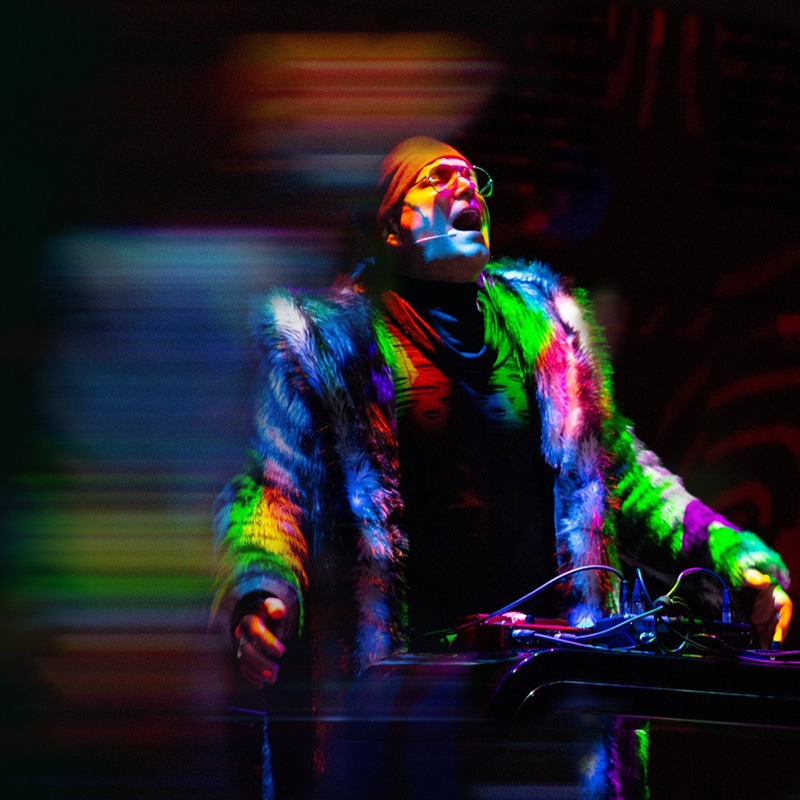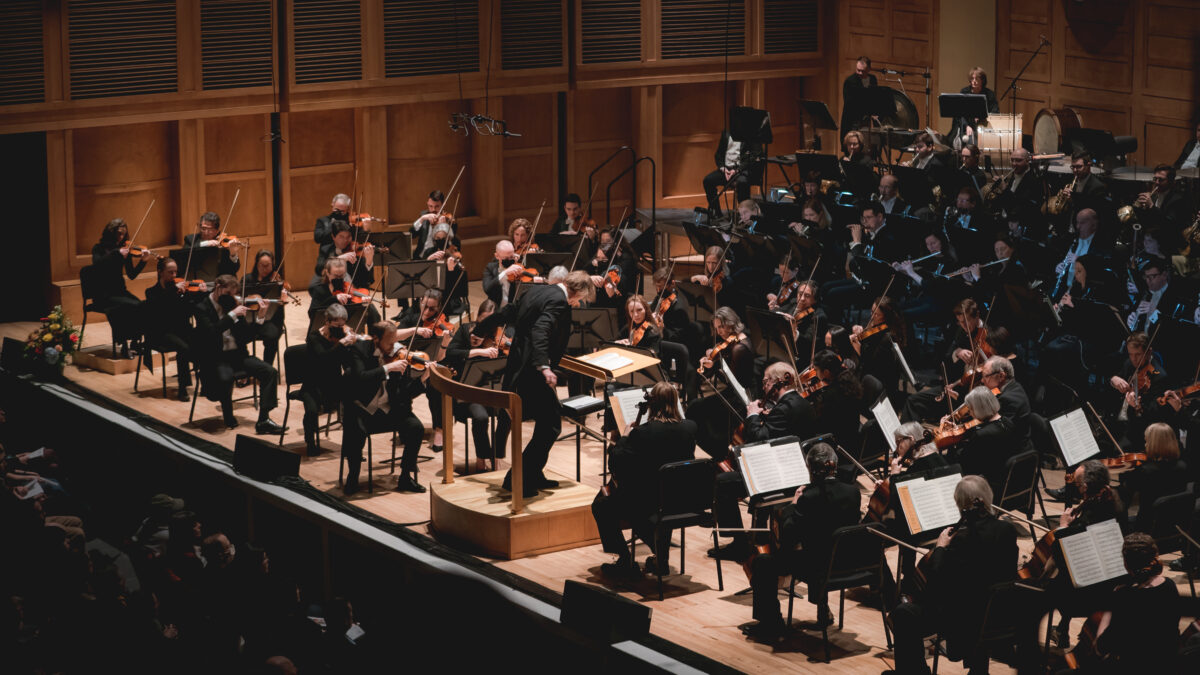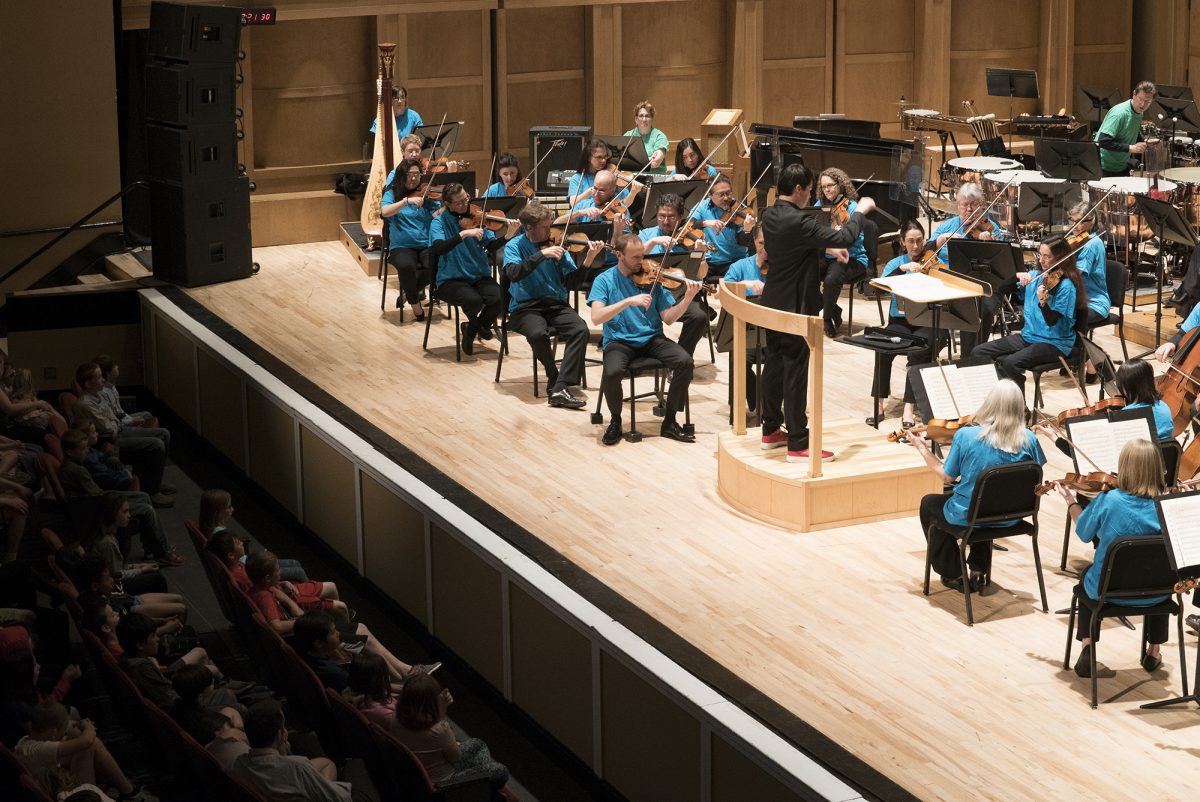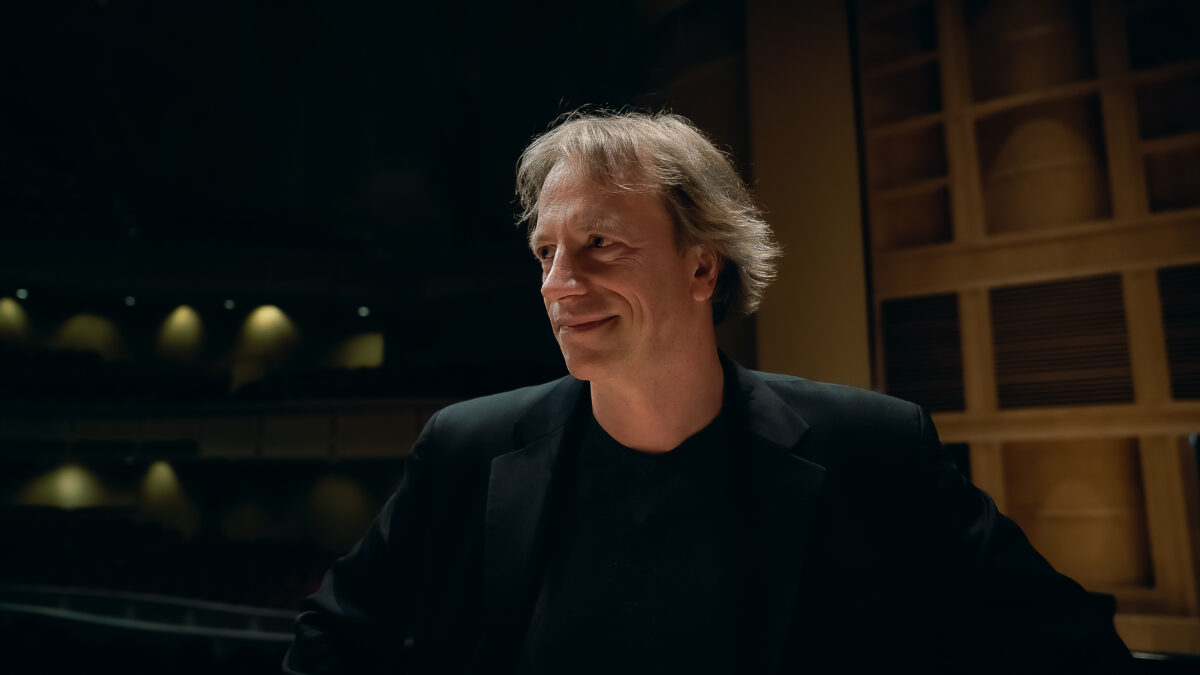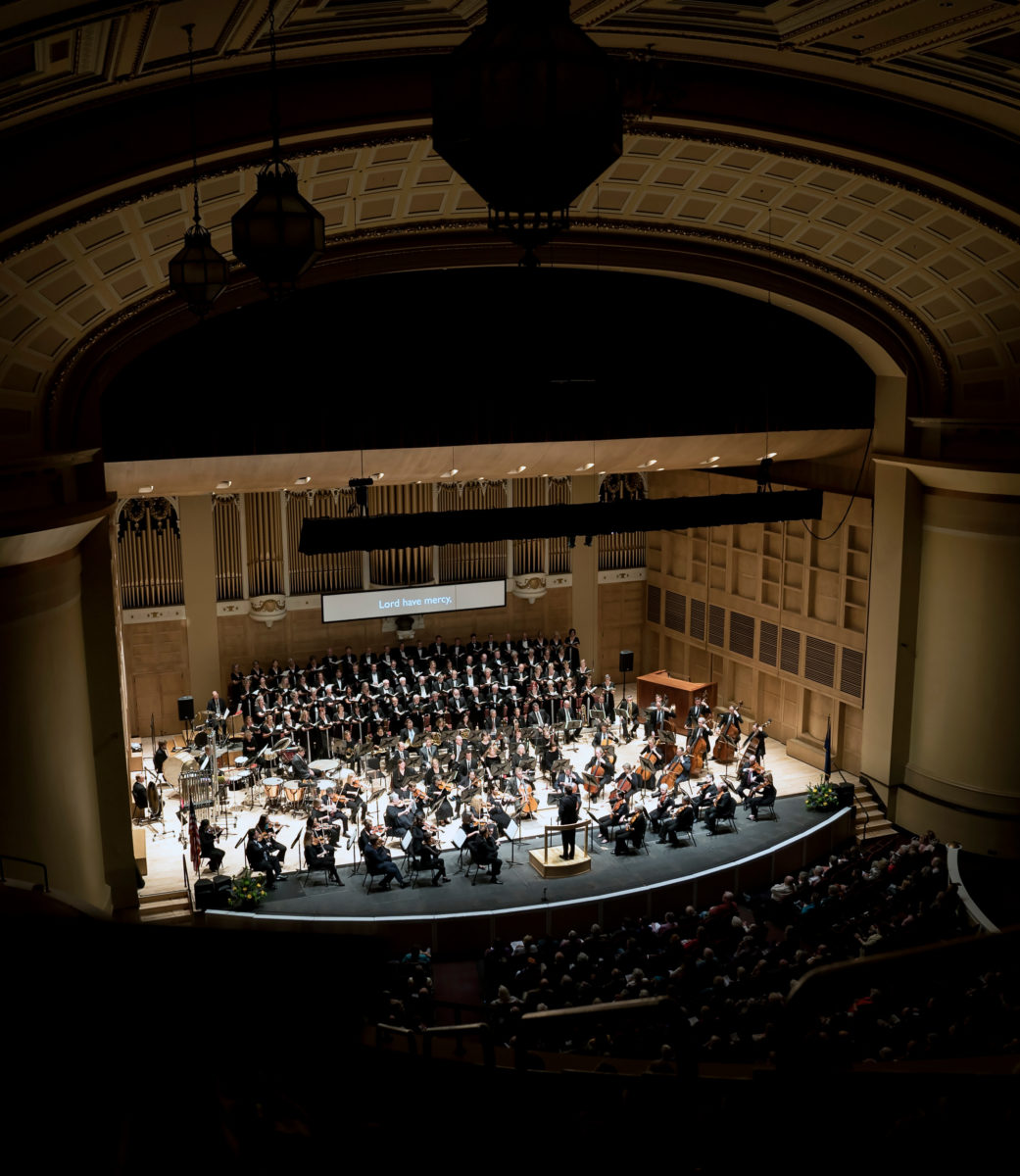Symphonic Seasons Program Notes
Juan Pablo Contreras
Juan Pablo Contreras (b. 1987, Guadalajara, Mexico) is a Latin GRAMMY®-nominated composer who combines Western classical and Mexican folk music in a single soundscape. His works have been performed by 40 major orchestras in the United States, Mexico, Austria, Slovakia, Colombia, Spain, Argentina, and Venezuela. He is the winner of the 2023 Vilcek Prize for Creative Promise in Music and is celebrated as the first Mexican-born composer to sign a record deal with Universal Music, serve as Sound Investment Composer with Los Angeles Chamber Orchestra, and win the BMI William Schuman Prize. Mariachitlán won the 2016 Jalisco Orchestral Composition Contest and was nominated for a 2019 Latin GRAMMY® Award for Best Arrangement. It was composed in 2016 and premiered in December of the same year with the Jalisco Philharmonic Orchestra conducted by Miguel Salmón del Real at the Teatro Degollado in Guadalajara, Jalisco, Mexico. The score calls for 3 flutes, 3 oboes, 3 clarinets, 3 bassoons, 4 horns, 3 trumpets, 3 trombones, tuba, timpani, percussion, piano, harp, and strings.
Mariachitlán (Mariachiland) is an orchestral homage to my birthplace, the Mexican state of Jalisco, where mariachi music originated. The work recounts my experience visiting the Plaza de los Mariachis in Guadalajara, the capital of Jalisco, a place where mariachis play their songs in every corner and interrupt each other to win over the crowd.
In Mariachitlán, traditional rhythms such as the canción ranchera (ranchera song) in 2/4 time (choon-tah choon-tah), the vals romántico (romantic waltz) in 3/4 time (choon-tah-tah), and the son jalisciense (Jalisco song) that alternates between 6/8 and 3/4 time, accompany original melodies inspired by the beautiful landscapes of Jalisco. Mariachi instruments such as the trumpet, harp, and violin are featured as soloists in this work. Furthermore, the strings emulate the strumming patterns of vihuleas, while the contrabasses growl like guitarrones.
Near the end of the piece, a policeman blows his whistle in an attempt to stop the party. However, the crowd chants Mariachitlán, gradually increasing in intensity, and is rewarded with more vibrant music that ends the work with great brilliance.
– Juan Pablo Contreras
********
Astor Piazzolla
The Four Seasons of Buenos Aires
Astor Piazzola was born in Buenos Aires, Argentina, in 1921 and died in his birthplace in 1992. This version, substantially arranged by the Ukrainian composer Leonid Desyatnikov, was first heard in 1998. The string orchestra is made up of the usual first and second violins, violas, cello and basses.
Argentine composer Astor Piazzolla sprang from the humble world of the tango and utterly transformed this music through his outsize talent, pushing its boundaries and helping to make it universal. Tango sprang from working class roots in the region of the Río de la Plata, a massive estuary anchored by the cities of Montevideo, Uruguay and Buenos Aires, Argentina. It absorbed influences from the music of African slaves, indigenous peoples, European polka and mazurka, and eventually, jazz from the United States. It was shunned by the cultivated classes for many years before its irrepressible vitality propelled it into the limelight. As with the Viennese waltz, it proved to be music that could absorb the ideas of major composers, becoming a form that could express sensuality, nostalgia, regret, intimacy.
Piazzolla’s youth presaged the patterns of his adult life. Born in Argentina, he moved with his parents to New York City at age four, returning with them to Argentina in his late teens. He studied the piano but also took up the bandoneón, a complex and difficult relative of the accordion that became his primary instrument. The bandoneon, whose “song is the love that was not given”, is the soul of the traditional tango ensemble. Young Astor played it nightly in Buenos Aires tango bands; by day he studied scores by Ravel, Stravinsky and Bartók with the great Argentine composer Alberto Ginastera. The pull between life in his beloved Buenos Aires and the need to be recognized in international centers, between the dance hall and the concert hall, drove his peripatetic life.
On the eve of the second world war, Piazzolla competed successfully for a study grant from the French government and left Buenos Aires for Paris, where he studied with Nadia Boulanger, who also nurtured composers as diverse as Aaron Copland, Quincy Jones, George Walker and Eliot Carter (along with Rockland native Walter Piston). Piazzolla tried to leave tango behind, struggling to find his voice as a mid-century classical composer until Boulanger, in despair, asked him to play a tango. Hearing at last the passion missing from his more learned music, she helped him find ways to fit his ambitions into tango. From the mid-Fifties until his death in 1992 he traveled the Americas and Europe, an irascible personality offstage, a brilliant presence on.
The four pieces arranged by Russian composer Leonid Desyatnikov to make up Cuatro Estaciones Porteñas (The Four Seasons of Buenos Aires) were written as separate works by Piazzolla, though he sometimes played them as a group. They were written between 1965 and 1970 for the composer’s performing group of violin, piano, electric guitar, string bass and bandoneon. Desyatnikov’s version is a free adaptation for solo violin and string orchestra; it also features notable cello solos. The quotes from Antonio Vivaldi’s Le Quattro Staggioni, some obvious and some buried in the texture, were not in Piazzolla’s originals. They help unify Desyatnikov’s version, and also pay sly homage to Piazzolla’s immigrant Italian roots. Desyatnikov split each piece into three movements. The Vivaldi quotes ingeniously reflect the hemispheric inversion of the seasons by, for example, quoting a theme from Vivaldi’s Winter concerto in Piazzola’s Summer movement. As one commentator wrote, “…keep in mind that Piazzolla’s own performances of his music were often full of improvisation, so additions or alterations by performers or arrangers can be seen as part of the game.” The passion and fun of this music far transcend any quibbles about remaining faithful to original texts!
– Martin Webster
********
Robert Schumann
Symphony No. 1 in B-flat Major, Op. 38, Spring
Robert Schumann was born in Zwickau, Germany in 1810 and died at Endenich, Germany in 1856. He composed his Spring Symphony in four days in 1841 and orchestrated it in less than a month. It was first performed the same year by the Leipzig Gewandhaus Orchestra under the direction of Felix Mendelssohn. The score calls for 2 flutes, 2 oboes, 2 clarinets, 2 bassoons, 4 horns, 2 trumpets, 3 trombones, timpani, triangle, and strings.
“Within the last few days,” Schumann wrote, “I have completed a labor which has kept me in a state of bliss, but also exhausted me. Think of it! A whole symphony—moreover, a Spring Symphony! I can hardly believe, myself, that it is finished.” Schumann’s earlier attempts at a symphony had failed, but perhaps his joyous first year of marriage made the difference: “The symphony has given me many happy hours. But now, after sleepless nights, comes exhaustion. My Clara understands this and treats me with double consideration—a kindness which I will repay. I might have sought through millions without finding anyone who would treat me with such thoughtfulness and understanding.”
Schumann said that his inspiration for a “spring” symphony came from a poem by Adolf Böttger. In fact, the rhythm of the Symphony’s opening fanfare duplicates exactly the rhythm of the poem’s last line: “Im Tale blüht der Frühling Auf!” (“For the valley blooms in the spring”). When he wrote to conductor Wilhelm Taubert, Schumann explained what he wanted from the first movement: “Try to inspire the orchestra with some of the spring longing which chiefly possessed me when I wrote the symphony. At the very beginning I should like the trumpets to sound as if from on high, like a call to awaken. In what follows of the introduction there might be a suggestion of the growing green of everything, even of a butterfly flying up, and in the subsequent allegro of the gradual assembling of all that belongs to spring.”
Schumann thought “Evening” would be an apt title for his reverent Larghetto, with its long, spun-out melodic shapes. Near the end of the movement, there is a trombone passage with a religious tone; this begins a subtle transition that leads, without pause, to the key and the theme of the Scherzo. Where the Larghettowas relaxed, the Scherzo is vigorous, dashing among two main themes and two contrasting trios. The Finale is brisk and light, though Schumann said, “I like to think of it as the farewell of spring, and so I shouldn’t want it to be played too frivolously.”
It is commonly held that Schumann was poor orchestrator, or at least an indelicate one; he seems to have thought so, too, for he revised the scoring of this work after nearly every performance he heard. Since then, musicians such as Mahler and Felix Weingartner have tried their hand at tidying up the score, with mixed results. Nowadays, however, the symphony is often performed in its original orchestration, though this takes greater vigilance from the conductor and players.
Yet the music itself is glorious: many are inspired by spring, but few can turn it into music of such vitality. As the composer said, “I wrote the symphony toward the end of the winter of 1841, and if I may say so, in that flush of spring which carries a man away, even in his old age, and surprises him again each year. I did not intend to describe or paint, but I firmly believe that the time when it came into being influenced its character and form, and made it what it is.”
– Mark Rohr





